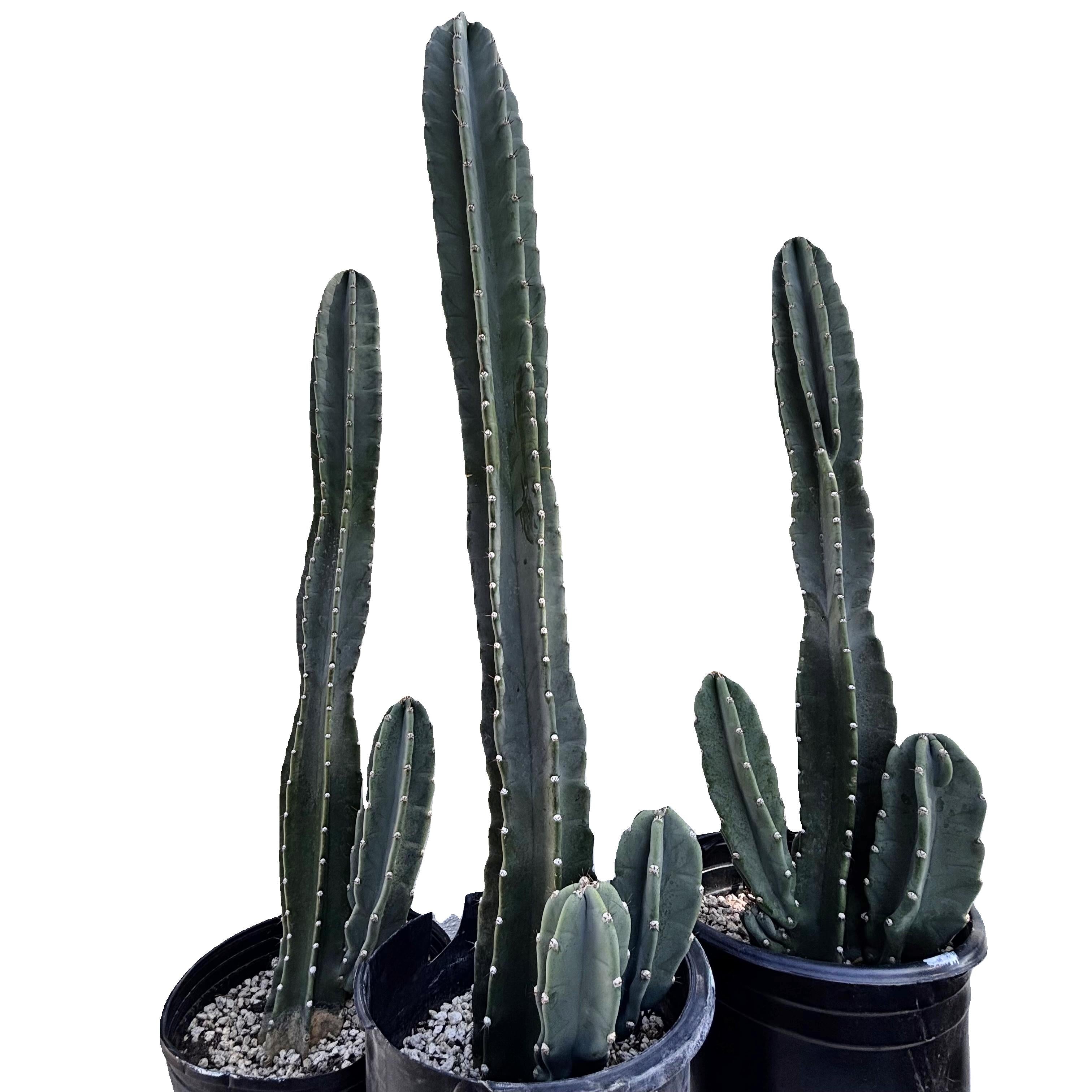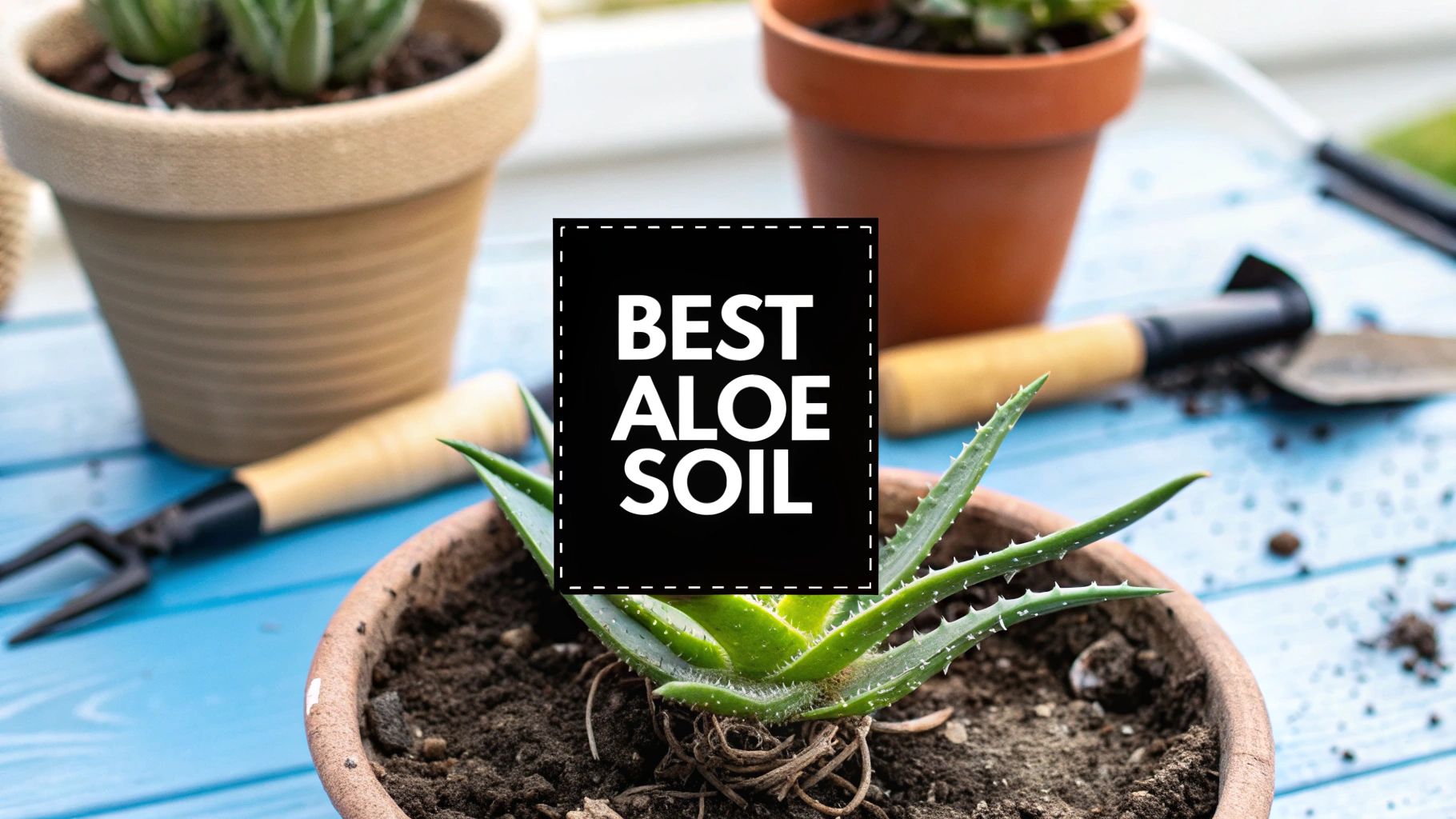How to Care for a Peruvian Apple Cactus: A Complete Guide for Plant Enthusiasts
The Peruvian Apple Cactus (Cereus repandus, also known as Cereus peruvianus) is a towering, columnar cactus native to South America. Known for its striking blue-green stems and edible fruit, this cactus is a favorite among gardeners, collectors, and those looking to add a dramatic architectural plant to their landscape or indoor space. Though hardy and relatively low-maintenance, proper care is crucial to ensure it thrives—especially outside its native environment.
Whether you're a seasoned cactus keeper or just starting your succulent journey, this comprehensive 2000-word guide will teach you everything you need to know about caring for a Peruvian Apple Cactus.
🌵 Overview: What Is a Peruvian Apple Cactus?
The Peruvian Apple Cactus is a columnar cactus that can reach towering heights—up to 30 feet outdoors and 6 to 10 feet indoors if given enough space and light. It has thick, ribbed stems with a bluish-green hue and sparse spines along the ridges. In the right conditions, it produces large, nocturnal white flowers followed by apple-sized, magenta or yellow fruit that is sweet and edible—hence the name.
It’s an excellent choice for:
-
Indoor statement plants (when young)
-
Xeriscaping or drought-tolerant gardens
-
Greenhouse or solarium cultivation
-
Edible fruit production
🌞 Light Requirements
Light is the most crucial factor for a Peruvian Apple Cactus. This plant evolved under the blazing South American sun, so it thrives in bright, direct sunlight.
Indoor Light Needs:
-
South or west-facing windows are ideal.
-
Place your cactus as close to the window as possible, preferably with 6–8 hours of direct sunlight daily.
-
If natural light is insufficient, consider using a full-spectrum grow light for 12–14 hours per day.
Outdoor Light Needs:
-
It can be placed in full sun, but if you're transitioning it from indoors, do so gradually to avoid sunburn.
-
Mature plants tolerate intense heat and bright light.
🌡️ Temperature and Climate
As a desert plant, the Peruvian Apple Cactus is adapted to warm, arid climates, but it can tolerate a surprisingly wide range of temperatures if cared for correctly.
-
Ideal temperature range: 35°F to 95°F
-
Cold hardiness: Down to 25°F for short periods, but prolonged exposure below 32°F can damage the plant.
Humidity:
-
Prefers low humidity but is not overly sensitive to moisture in the air.
-
Ensure good air circulation in humid environments to prevent rot.
Winter Considerations:
-
Bring outdoor potted plants inside or protect them in a greenhouse.
-
Reduce watering significantly in colder months.
🌱 Soil Requirements
Drainage is key! Like all cacti, the Peruvian Apple Cactus despises soggy roots and can quickly develop root rot if the soil stays wet.
Ideal Soil Mix:
-
Use a cactus or succulent mix with excellent drainage.
-
DIY mix: Combine 2 parts coarse sand or perlite, 2 parts cactus potting soil, and 1 part pumice or gravel.
-
Avoid using regular potting soil alone—it retains too much moisture.
pH Preference:
-
Slightly acidic to neutral soil (pH 6.0–7.5)
Pro Tip:
Add crushed granite or lava rock to improve airflow around the roots.
💧 Watering Schedule
Watering is the most common cause of problems with this cactus—both underwatering and, more dangerously, overwatering.
Spring & Summer (Growing Season):
-
Water thoroughly when the soil is completely are dry.
-
Generally, once every 10–14 days, depending on heat and humidity.
-
Ensure the pot drains completely—never let the plant sit in water.
Fall & Winter (Dormant Season):
-
Cut back to watering every 4–6 weeks or less.
-
Always check that the soil is bone dry before watering.
Signs of Overwatering:
-
Mushy stems
-
Black or brown spots
-
Mold or a sour smell near the base
Signs of Underwatering:
-
Shriveling stems
-
Dry, brittle ribs
-
Slowed growth
Potting and Repotting
The Peruvian Apple Cactus grows quickly under the right conditions and may need repotting every 3–5 years.
Pot Tips:
-
Choose a pot that is at least 1–2 inches wider than the current root ball.
-
Ensure it has ample drainage holes.
-
Terracotta pots are ideal as they wick moisture from the soil.
🌸 Flowering and Fruit
One of the most exciting features of the Peruvian Apple Cactus is its ability to produce fragrant, night-blooming flowers and sweet edible fruit.
Flowering Facts:
-
Blooms in summer, usually at night
-
Large, white, trumpet-shaped flowers (6–10 inches wide)
-
Typically appear on mature plants (3+ years old)
Fruit:
-
Known as “apple cactus fruit” or “pitaya” (not the same as dragon fruit)
-
Mildly sweet, similar to kiwi or melon
-
Can be eaten raw or made into juice, jams, or desserts
Encouraging Blooms:
-
Provide lots of sun and warmth
-
Avoid over-fertilization
-
Simulate natural seasons (rest in winter)
🌿 Fertilizing
Fertilizing supports growth and flowering but should be done sparingly.
Best Fertilizer:
-
Use a any balanced 10-10-10 or 20-20-20 fertilizer.
-
Organic options: worm castings or compost tea in small amounts
Schedule:
-
Every 4–6 weeks during the growing season (spring/summer)
-
Do not fertilize during winter
Over-fertilization can cause:
-
Excessively fast, weak growth
-
Poor root development
-
Lack of blooms
✂️ Pruning and Maintenance
While pruning isn’t necessary for health, it can help control size or shape, especially indoors.
When to Prune:
-
Early spring before the growth season begins
-
To remove damaged, diseased, or dead branches
-
To cut back overly tall or leaning stems
How to Prune:
-
Use a clean, sharp knife or pruning shears.
-
Cut at the base or desired point.
-
Allow the cut end to callus over for several days before replanting or discarding.
🐛 Pests and Diseases
Though generally resilient, the Peruvian Apple Cactus can be susceptible to common cactus pests and diseases.
Common Pests:
-
Mealybugs – Look like cotton balls on ribs
-
Spider mites – Fine webbing and stippled yellow spots
-
Scale insects – Small, brown bumps on the surface
Pest Control:
-
Use rubbing alcohol on a cotton swab to remove pests
-
Insecticidal soap or neem oil for larger infestations
-
Quarantine infected plants to avoid spread
Diseases:
-
Root rot (from overwatering)
-
Fungal infections (brown or black soft spots)
-
Sunburn (bleached or crispy patches)
🌍 Landscape Use
Outdoors in USDA Zones 9a–11, the Peruvian Apple Cactus is a stunning landscape plant.
Uses:
-
Accent or specimen plant
-
Xeriscaped gardens
-
Cactus or rock gardens
-
Borders or privacy screens
Companion Plants:
-
Desert marigold
Always consider the mature size—these cacti can grow very tall and wide with time!
🏠 Indoor Growing Tips
If you're growing it indoors, follow these special considerations:
-
Choose a bright location, ideally a south-facing window.
-
Water less frequently due to reduced evaporation indoors.
-
Be cautious of dry indoor air in winter—avoid placing near heat vents.
You may need to stake taller plants or prune them to keep them manageable indoors.
🧪 Propagation
Want more Peruvian Apple Cacti? Propagation is surprisingly easy via cuttings or seeds.
Cuttings:
-
Use a clean knife to cut a 6–12" stem section.
-
Let it dry and callus for 1–2 weeks.
-
Plant the callused end in dry cactus soil.
-
Water lightly after 1 week and then treat as a mature plant.
Seeds:
-
Start with fresh seeds from the fruit.
-
Plant in moist cactus mix, barely covered.
-
Keep warm and bright; germination in 10–30 days.
Cuttings are faster and more reliable than seeds.
⚠️ Common Mistakes to Avoid
-
Overwatering – The #1 killer of cacti.
-
Insufficient light – Leads to etiolation (leggy, pale growth).
-
Skipping acclimation – Outdoor-to-indoor or light transitions need to be gradual.
-
Poor drainage – Always use fast-draining soil and pots with holes.
-
Ignoring pests – Even tough cacti can be affected.
Final Thoughts
The Peruvian Apple Cactus is a striking, low-maintenance plant with much to offer. With the right care, it can grow for decades, rewarding you with stunning flowers and sweet fruit. It’s ideal for both outdoor gardens and indoor pots, provided it gets enough light and the right care routine.
Recap: Essential Care Tips
| Care Category | Requirement |
|---|---|
| Light | Full sun (6–8 hours daily) |
| Watering | Infrequent; let soil dry completely |
| Soil | Fast-draining cactus mix |
| Temperature | 35°F–85°F, protect from frost |
| Fertilizer | Monthly in growing season |
| Repotting | Every 3–5 years |
| Pests | Mealybugs, spider mites, scale |
| Propagation | Cuttings or seeds |
Whether you’re looking to make your home more exotic, add a bold outdoor feature, or grow your own cactus fruit, the Peruvian Apple Cactus is a rewarding choice.




